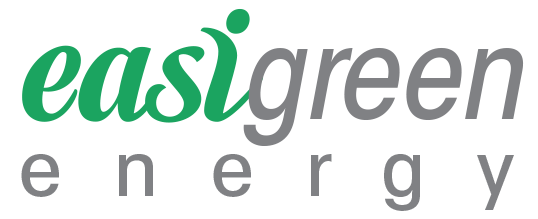Solar Traffic Signs
Solar energy has changed the way we look at power. Apart from being clean, renewable and free, it has allowed access of electrical power to areas which were previously deemed too remote to each through conventional electric grids. Solar traffic signs are simply one of the new advances of the same phenomenon. With the lack of carbon footprint and zero environmental degradation that come with them, these signs can be installed just about anywhere even on remote highways or busy traffic junctions.
Some Misconceptions
Since solar energy has made a huge comeback with photovoltaic technology on the loose, not every area has solar traffic signs making them something of an anomaly and giving birth to several misconceptions about their design and functionality.
Firstly they are very durable although the general state of older solar thermal panels might suggest otherwise. They can last through most kinds of storms and rain without the unit sustaining any kind of damage. They require no supervision of any kind and do not cause electrical hazards.
Furthermore the solar energy is constant even when there is no sunlight as the unit is backed up by a battery that is continually storing power for use on a rainy day. Any light which hits the panel is absorbed so there is a good chance that some electricity might be generated even on days which are not particularly sunny.
There is also very little chance of extra road accidents occurring because of this signs (outside of the normal percentage) since they are accurate and run both day and night without a break.
Lastly the solar traffic signs are run and regulated by a micro controller so there is no person making the schedule or checking up with them. They can even technically enter the realm of ‘smart’ technology but are in other ways very basic.
Benefits Of Installing Solar Traffic Signs
• Areas which were previously thought too remote for such luxuries can now be reached and a system does not need to be established since the signs run on their own and that includes battery regulation such as keeping it from getting too heated up.
• These signs can run all day and sometimes for several days even when there is no sunlight. They are designed to run well in winter as well in which they will get minimal sunlight to generate power from.
• Electro-luminescent materials such as LED have become popular for these traffic signs because they use a small amount of power and can help save on the battery backup power that the unit has. They also have a long range or reach so that people travelling or driving at night time can see the traffic sign a mile away. This also makes it helpful during the day because the sign is bright enough to not get overshadowed by the glare of the sun.
• Solar traffic signs have been proven to be more efficient when compared with their wind-powered counterparts because they are more resilient to harsh weather changes.
